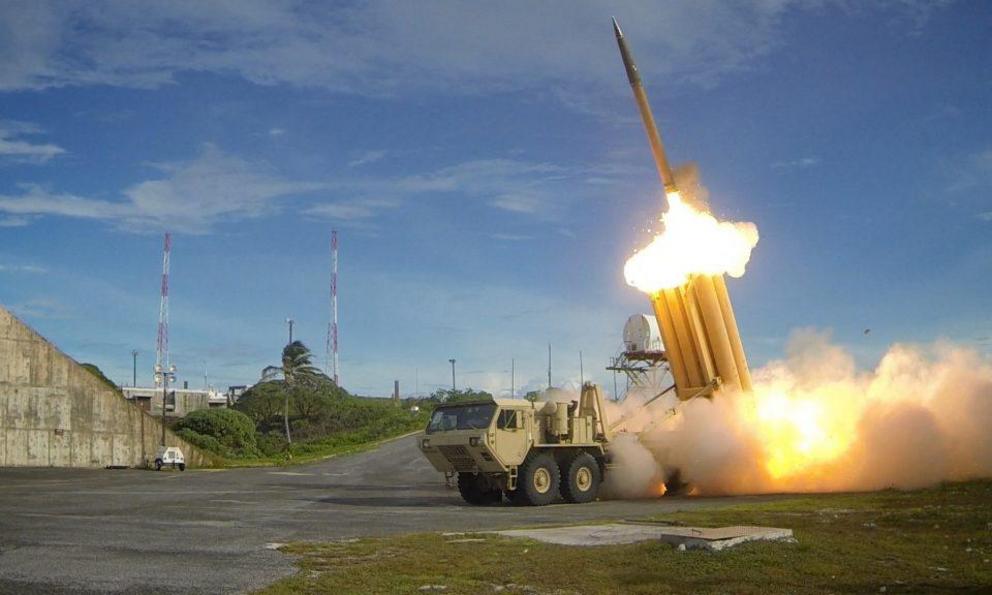Sexy metal: the missing element in the Korean puzzle
US Secretary of State Mike Pompeo knows the importance of rare earth elements, and North Korea has reportedly found one of the world's biggest deposits 150km from Pyongyang; is this another factor behind the recent thaw with the US?
This may not be about condos on North Korean beaches after all. Arguably, the heart of the matter in the Trump administration’s embrace of Kim Jong-un has everything to do with one of the largest deposits of rare earth elements (REEs) in the world, located only 150 km northwest of Pyongyang and potentially worth billions of US dollars.
All the implements of 21st century technology-driven everyday life rely on the chemical and physical properties of 17 precious elements on the periodic chart also known as REEs.
Currently, China is believed to control over 95% of global production of rare earth metals, with an estimated 55 million tons in deposits. North Korea for its part holds at least 20 million tons.
Rare earth elements are not the only highly strategic minerals and metals in this power play. The same deposits are sources of tungsten, zirconium, titanium, hafnium, rhenium and molybdenum; all of these are absolutely critical not only for myriad military applications but also for nuclear power.
Rare earth metallurgy also happens to be essential for US, Russian and Chinese weapons systems. The THAAD system needs rare earth elements, and so do Russia’s S-400 and S-500 missile defense systems.
It’s not far-fetched to consider ‘The Art of the Deal’ applied to rare earth elements. If the US does not attempt to make a serious play on the Democratic People’s Republic of Korea’s (DPRK’s) allegedly vast rare earth resources, the winner, once again, may be Beijing. And Moscow as well – considering the Russia-China strategic partnership, now explicitly recognized on the record.
For the rest of this article please go to source link below.

